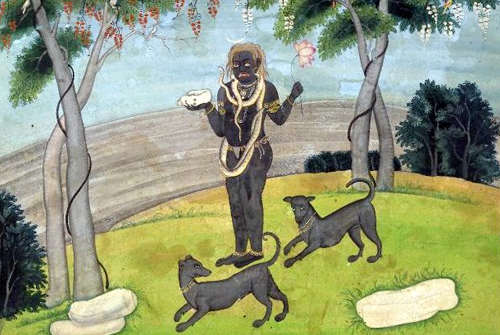
Today is the anniversary of the fall of Chittor - one of the greatest forts ever built in India, and the capital of Mewar. The fort that once boasted of 84 water bodies These water bodies are fed by natural catchment and rainfall, and have a combined storage of 4 billion litres 





that could meet the water needs of an army of 50,000. The supply could last for four years. These water bodies are in the form of ponds, wells and step wells. In 1303, Alauddin captured Chittor after an eight-month-long siege. (Images: current day; painting of the fort; painting
of Rani Padmavati/Padmini's palace.) The Allauddin Khilji-Padmavati instance of jauhar or mass immolation is only the first instance of such an incident in Chittor's history (though the exact incident in this case is blurred.) There was resurgence of Mewar
during the reign of Rana Kumbha in the 15th century. Rana Kumbha, also known as Maharana Kumbhakarna, ruled Mewar between 1433 CE and 1468 CE. Bahadur Shah (start of reign: 1526 CE), Sultan of Gujarat, besieged the Chittorgarh fort in 1535.
The fort was sacked. The Rana, his brother Udai Singh and the faithful maid Panna Dhai escaped to Bundi, and around 13,000 Rajput women committed jauhar and 3,200 Rajput warriors rushed out of the fort to fight and die. The final siege of Chittor was in 1567, Emperor Akbar
attacked Rana Uday Singh II. After a four month seige, Chittor fell. By some counts, 8,000 Rajput soldiers died. Peace returned in 1616, after a treaty between Mughal Emperor Jahangir and king Amar Singh, and Chittorgarh was given back to Amar Singh.
• • •
Missing some Tweet in this thread? You can try to
force a refresh







